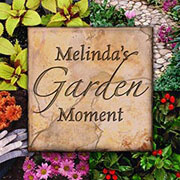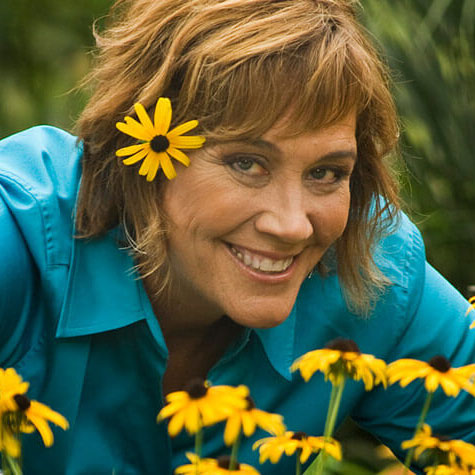
Melinda's Garden Moment Video

Melinda Myers
Nationally known gardening expert, TV/Radio host, author & columnist with over 30 years of horticulture experience and tons of gardening information to share! www.melindamyers.comMelinda's Garden Moment videos will help you create that beautiful landscape you’ve always wanted. Each week throughout the growing season, a new gardening video will be added right here, so be sure to stop back. You can also watch Melinda’s Garden Moments on your local network TV station affiliate.
Identifying Common Evergreen Shrubs
Evergreen shrubs can be used as a focal point, screen or anchor in a landscape or mixed border. Selecting the right one for the growing conditions starts with proper identification.
Yews are a common foundation planting. They can be wide and spreading, upright or pyramidal. The flat needles are soft to the touch. Grow these in full sun to shade and protected from drying winter winds.
Junipers, often called red cedar, bite back when you prune, weed and come in contact. The awls are the culprit. Groundcover, spreading, upright forms with green, blue-green or yellow tinged foliage make these a diverse group of plants suited to hot dry locations.
Arborvitae, often called white cedar, have flatten, scale-like needles. They can be globose or upright in shape. Check out dwarf forms for a shorter hedge or background plant. Grow in full sun to light shade with moist well-draining soil.
A bit more information: Chamaecyparis often called falsecypress come in a variety of sizes and shapes. Dwarf forms of Hinoki falsecypress add interesting texture to container gardens and mixed borders. The mounded growth habit and golden foliage of Gold Mop falsecypress make is a good addition to rock and perennial gardens. Grow falsecypress in a sunny location with moist well-drained soil. They prefer moderately humid conditions and protection from drying winds.